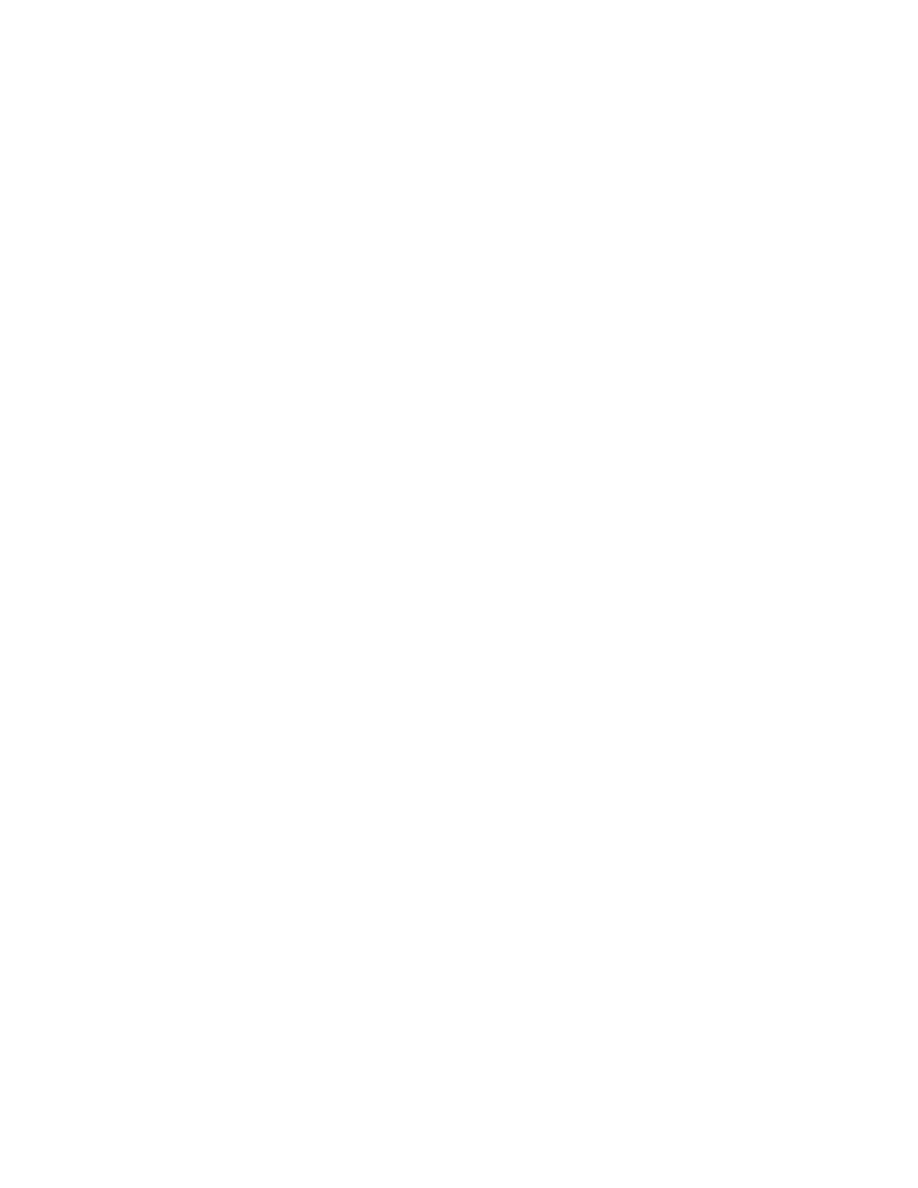Fuego L4-2165cc 2.2L (1984)

Alignment: Service and Repair
Camber Adjustment
FRONT
Measure camber angle with vehicle unloaded following equipment manufacturer's instructions. Camber should be as shown in ``Wheel Alignment
Specifications,'' and the maximum variation between left and right side settings should not exceed 3/4° for Alliance, encore and GTA, or 1° for all other
models.
Camber angle is not adjustable. The most common causes for incorrect camber angle are bent wheels, worn suspension arm bushings, damaged
suspension arm, side sill or sheet metal, particularly in strut tower areas, and damaged steering knuckle or strut. If camber angle is incorrect, loosen
top strut mounting nut and rotate strut shaft. If camber angle changes, strut shaft is bent.
REAR
Rear camber angle should be checked with vehicle unloaded and ride height adjusted to specifications as outlined, and after rear toe setting and
equalization of toe over the two rear wheels has been brought within specifications. Camber angle should be as shown in ``Wheel Alignment
Specifications,'' and maximum variation between left and right side settings should not exceed 1°.
Rear camber is not adjustable. If settings are not within specifications, check for damaged, distorted, or worn suspension components and damaged sheet
metal, and correct as needed.
